This website uses a variety of cookies, which you consent to if you continue to use this site. You can read our Privacy Policy for
details about how these cookies are used, and to grant or withdraw your consent for certain types of cookies.
Category - Weirs
Blog
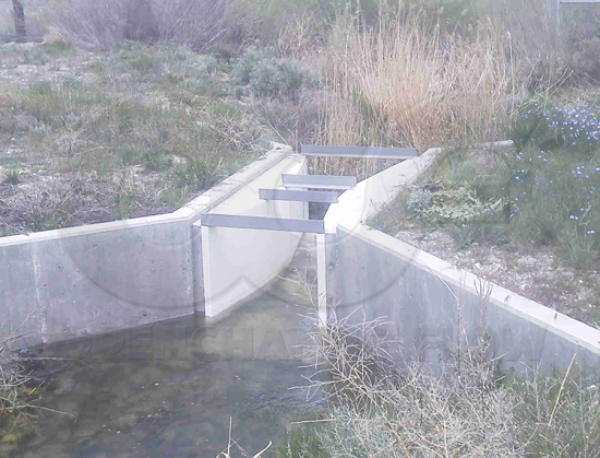
Selecting a Primary Device: Choosing a Weir or Flume Size
In our series on Selecting a Primary Device we looked at: Choosing Between a Weir and a Flume and Choosing a Weir or Flume Style. In this closing article we now look at sizing a weir or flume. The basic consideration in sizing a particular style of weir or flume…
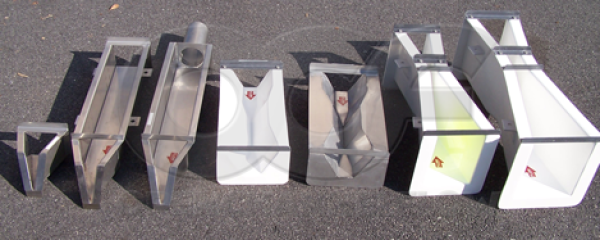
Selecting a Primary Device: Choosing a Weir or Flume Style
In the first article of this series on Selecting a Primary Device we discussed criteria that can be used to select between a weir and a flume. Now our attention turns to selecting a particular style of weir or flume. The choice of device style is normally dictated by the…

Selecting a Primary Device: Choosing Between a Weir and a Flume
The selection of a primary device (weir or flume) for a particular open channel flow application typically can be broken down into three decisions: First – should a weir or a flume be used? Second – which style of weir or flume should be used? Third – which size…

Case Study - Dam Seepage Flow Monitoring - Portland Water Bureau
Customer - Portland Water Bureau Portland Water Bureau had been using painted steel weir boxes to monitor its Bull Run Watershed dams. The longevity of these weir boxes was never very high and several sites have had boxes placed and replaced over the years. Also,…

Free-Flow Equations for V-Notch Weirs of Any Angle
There are six standard angles for V-notch weirs: 22-1/2º, 30º, 45º, 60º, 90º, and 120º, but from time to time this range of sizes is not enough. Sometimes there is a need to correct for a weir plate cut at an incorrect angle. While other…
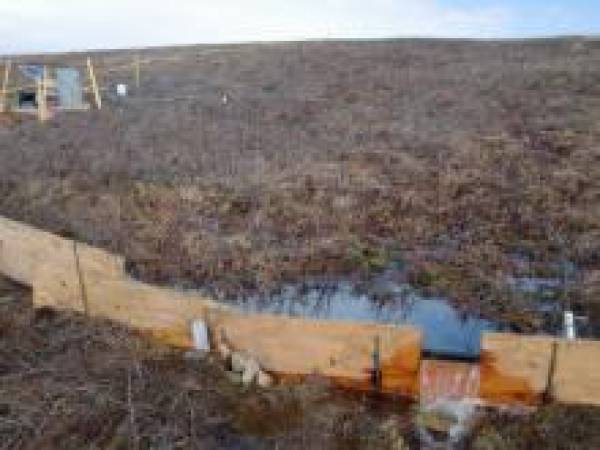
Wooden Weirs in Stream Gauging
Let’s face it – we are all under pressure to save money and accomplish our jobs at a minimum of cost. In stream gauging, it is tempting to use wood (usually plywood) to make a weir from. Why not? The shape of a weir is deceptively simple - just a…

Staff-Level Gauges for Water Level Measurement
Staff ("head" or "level") gauges provide a quick, visual indication of the level of water in a channel, flume, or weir. Although they should not be solely relied on when more precise level measurement devices are available, staff gauges allow operators to quickly gauge the…

Drainage from Abandoned Mines
Historically, mines were often abandoned without proper (if any) cleanup. This lack of remediation and cleanup has meant that as water rises in the mine, pollutants, sediment, and debris can all enter what can become a flow of water out of the mine. Flow monitoring…

Monitoring the Flow of Landfill Leachate
Let’s not kid ourselves – landfill leachate is some nasty stuff. If it has gone into the landfill, there is the likelihood that it has concentrated in the landfill. This environment can make it exceedingly challenging for primary devices (Flumes, Weirs, and…
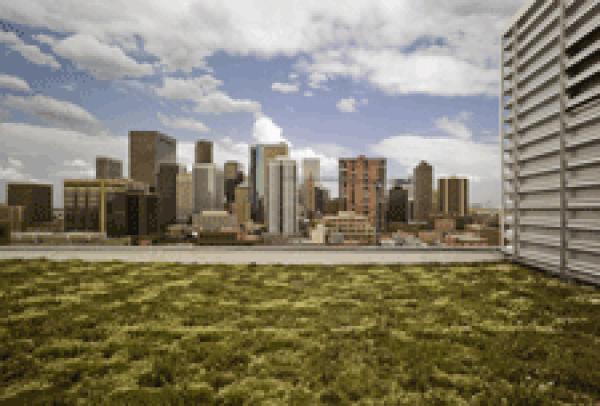
Green Roof Runoff Flow Monitoring with Flumes and Weirs
Green roofs have grown in popularity in the US in the past decade. Popularized in Germany begining in the 1960's, green roofs have shown to provide benefits to the building owners and society as a whole. WIth this popularity comes a desire to best utilize the…
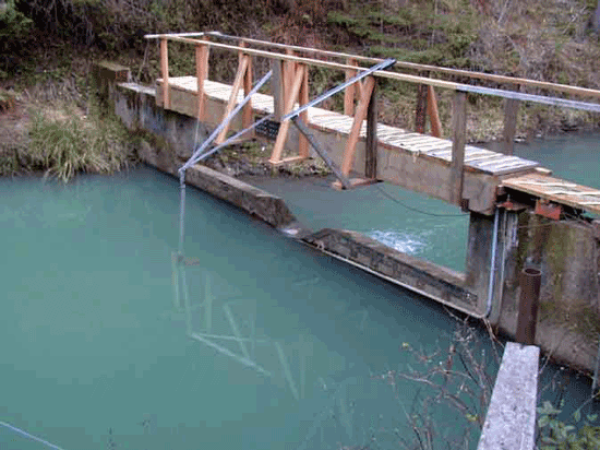
Compound Weirs
In situations where flow rates are expected to vary widely, the use of a compound weir may be an appropriate solution. The most common compound weir consists of two stages, a rectangular notch with a 90º V-notch cut into the center of the crest - but it does not have…

The Need for Weir Maintenance
Weirs are best used to measure flows that contain only small amounts of suspended solids. Unfortunately in surface water applications, the amount of solids present in the flow stream cannot be controlled. Unlike flumes, which tend to be self-cleaning, weirs require…

LOCATIONS IN ATLANTA, GA & BOISE, ID

